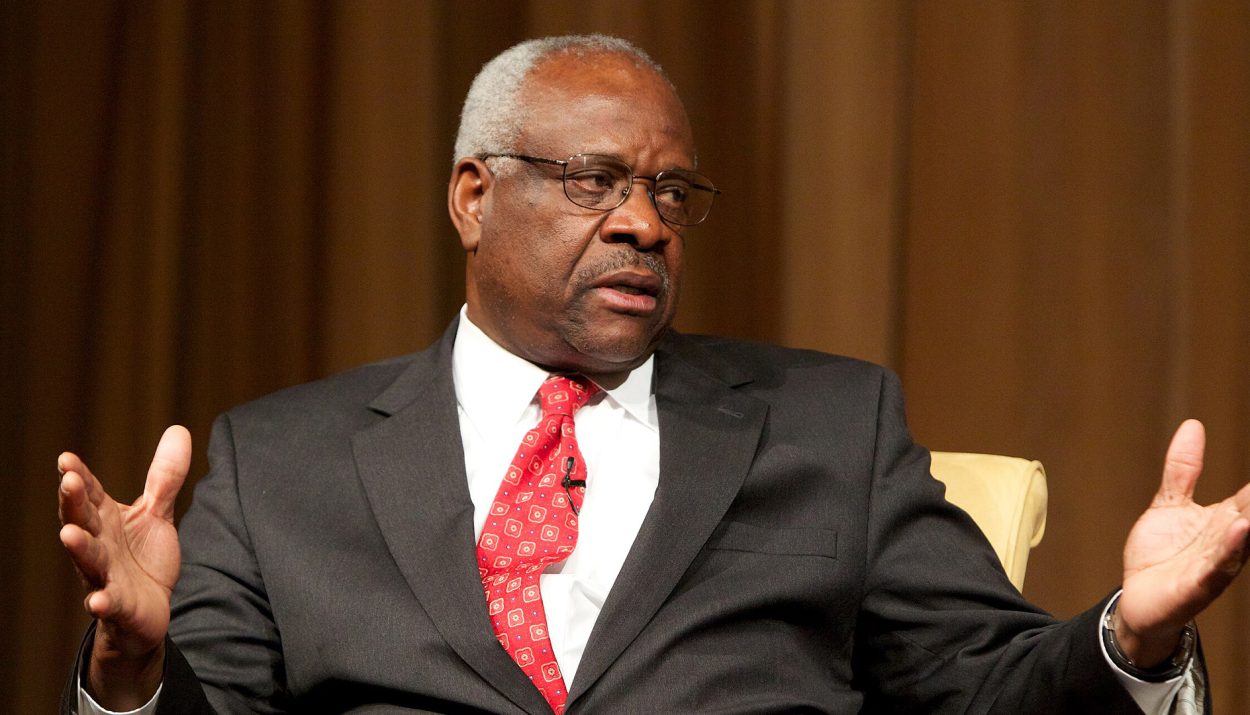In a dissenting opinion this week, Clarence Thomas labeled a veteran’s argument as “especially unconvincing” as the Supreme Court handed down a ruling regarding benefits for former service members. The conservative justice was one of only two dissenters in the 7-2 decision, which sided with veteran James Rudisill in his fight over education benefits.
While the majority affirmed Rudisill’s ability to tap both the Montgomery GI Bill and the more generous Post-9/11 GI Bill for schooling, Thomas asserted the petitioner’s stance flew in the face of limits Congress had baked into the legislation.
Justice Thomas Calls Vet’s Argument “Unconvincing”
Clarence Thomas dismissed James Rudisill’s argument that he should be able to use 10 months of unused Montgomery GI Bill benefits in addition to his Post-9/11 GI Bill benefits as “especially unconvincing.”

According to the AP, Rudisill believed he had 10 months of educational benefits left under the Montgomery GI Bill from his first period of service from 2000 to 2008. However, the Department of Veterans Affairs denied his request to use those benefits in addition to his Post-9/11 benefits.
Majority Opinion Found in Favor of Rudisill
The Supreme Court ruled 7-2 in favor of Rudisill, with Justice Ketanji Brown Jackson writing the majority opinion.
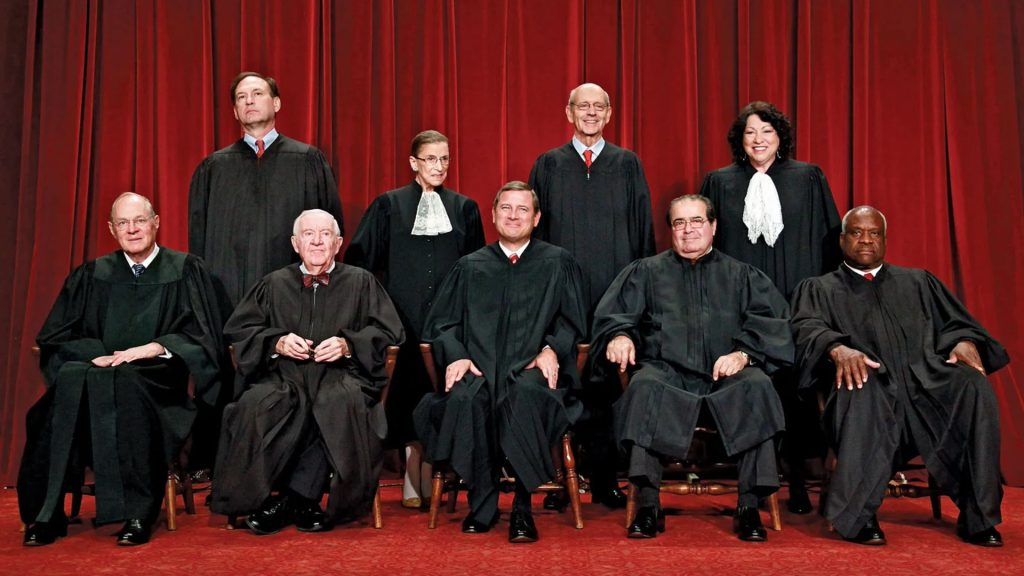
She stated that “Servicemembers who are eligible for educational benefits under either the Montgomery GI Bill or the Post-9/11 GI Bill—from a period of service that could qualify for either program—can opt to credit that service toward one educational benefits program or the other.”
Thomas Dissented, Calling the Argument “Unconvincing”
However, Thomas dissented, stating that “Rudisill’s contrary argument is especially unconvincing given that Congress included other period-of-service limitations in the very subchapter at issue.”

For Rudisill and other veterans in similar situations, this means more generous educational benefits and greater flexibility in using them.
The Rudisill v. McDonough Case Explained
The Rudisill v. McDonough case involved James Rudisill, a U.S. Army veteran who served for eight years over three periods between 2000 and 2008.
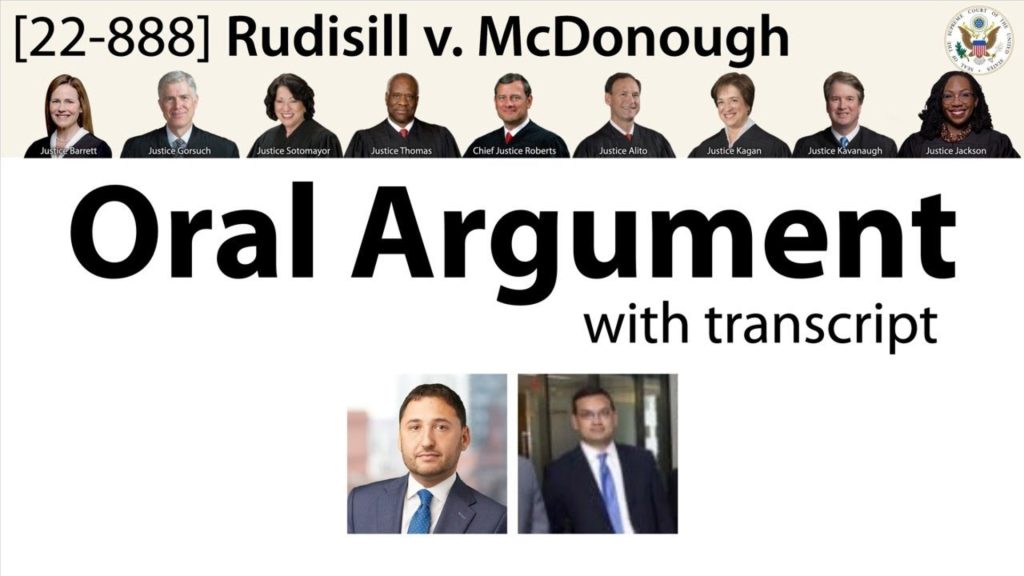
During his first enlistment, Rudisill opted into the Montgomery GI Bill to gain education benefits. However, after September 11, 2001, Rudisill became eligible for the improved Post-9/11 GI Bill.
Rudisill’s Argument
Rudisill believed that he should be allowed to use 10 remaining months of benefits under the Montgomery GI Bill before switching to the Post-9/11 GI Bill.
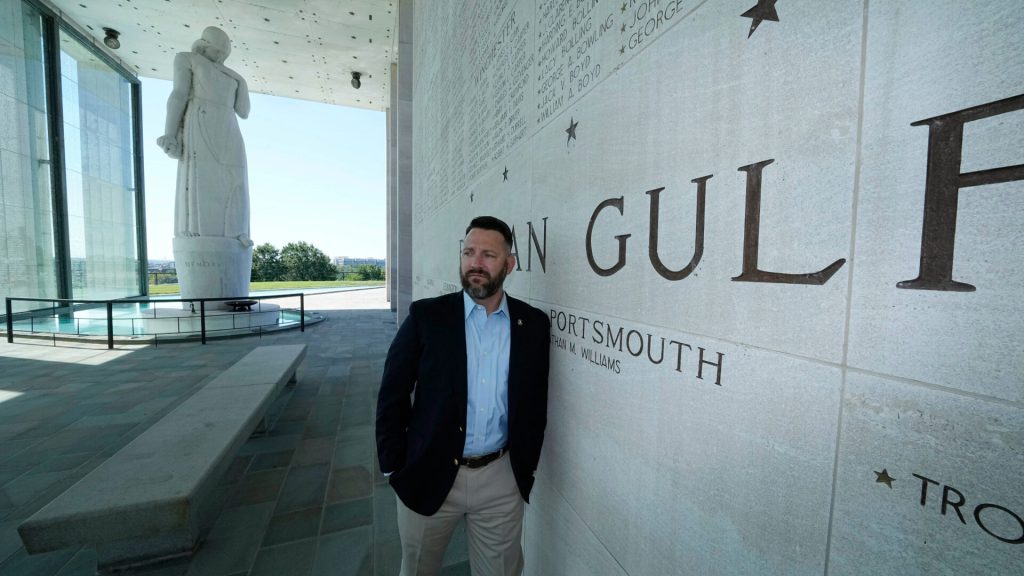
Rudisill hoped to extend his total education benefits to 58 months by doing so. However, the Department of Veterans Affairs denied his request, stating that he had to choose one program or the other.
Impact of the Ruling
The Supreme Court’s decision allows certain veterans to stack education benefits from multiple G.I. bills, increasing the total amount available.
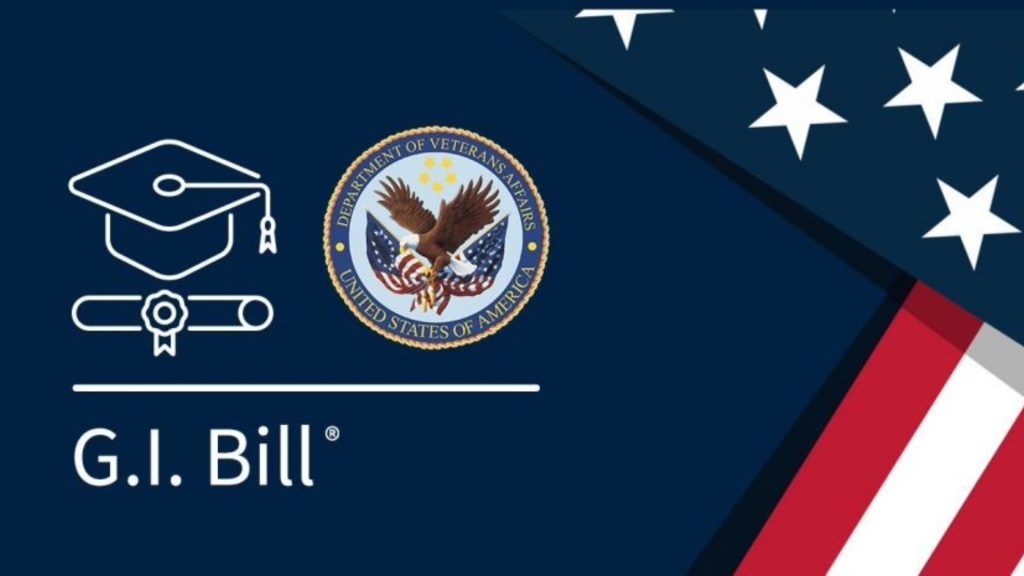
However, the ruling only applies to veterans like Rudisill, who served periods that qualified for both the Montgomery and Post-9/11 GI Bills.
Two G.I. Bills, One Veteran
As Thomas noted in his dissent, Congress typically caps education benefits at 48 months to avoid abuse. Rudisill began serving in the Army in 2000, making him eligible for education benefits under the Montgomery GI Bill.

However, after the 9/11 terrorist attacks, Rudisill continued serving, making him eligible for the more generous Post-9/11 GI Bill education benefits.
The Importance of Educational Benefits for Vets
Veterans have sacrificed greatly for their country, so it is crucial to provide them with educational benefits upon their return to civilian life.

Furthering one’s education can open up more career opportunities and higher pay. For veterans transitioning back to civilian life, the chance to earn a degree or learn new skills is invaluable.
Benefits Should Match the Service
Veterans who have served multiple tours of duty have given more of themselves for their country. As such, they deserve greater educational benefits to recognize their long, distinguished service.
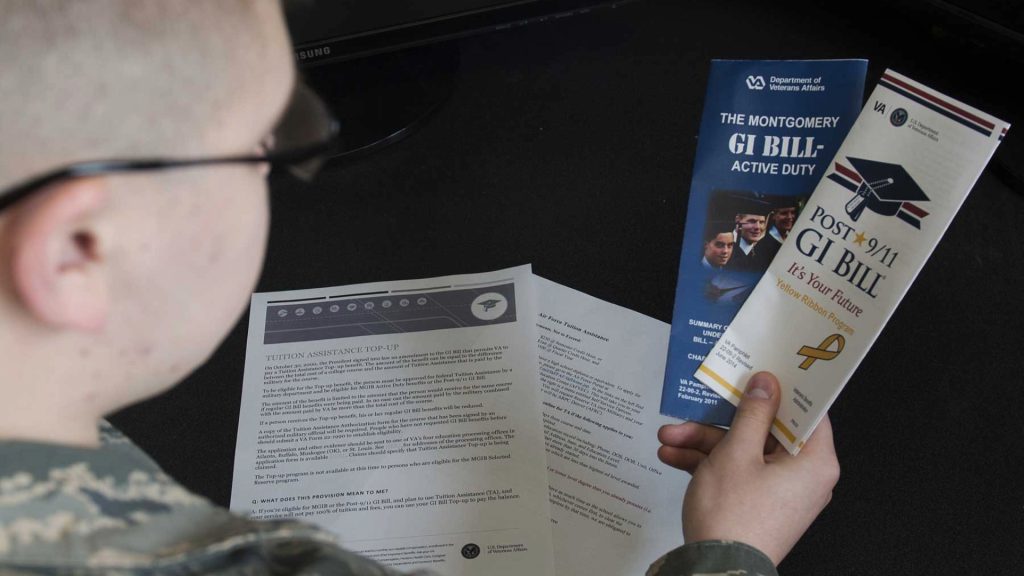
Rudisill served three separate periods in the Army over eight years. His extensive service warranted the most generous benefits available under the Post-9/11 G.I. Bill.
Navigating Complex GI Bill Rules
Since World War II, the government has provided education benefits for veterans through G.I. Bills. Typically, vets get 36 months of benefits, up to 48 months if eligible for multiple G.I. Bills.
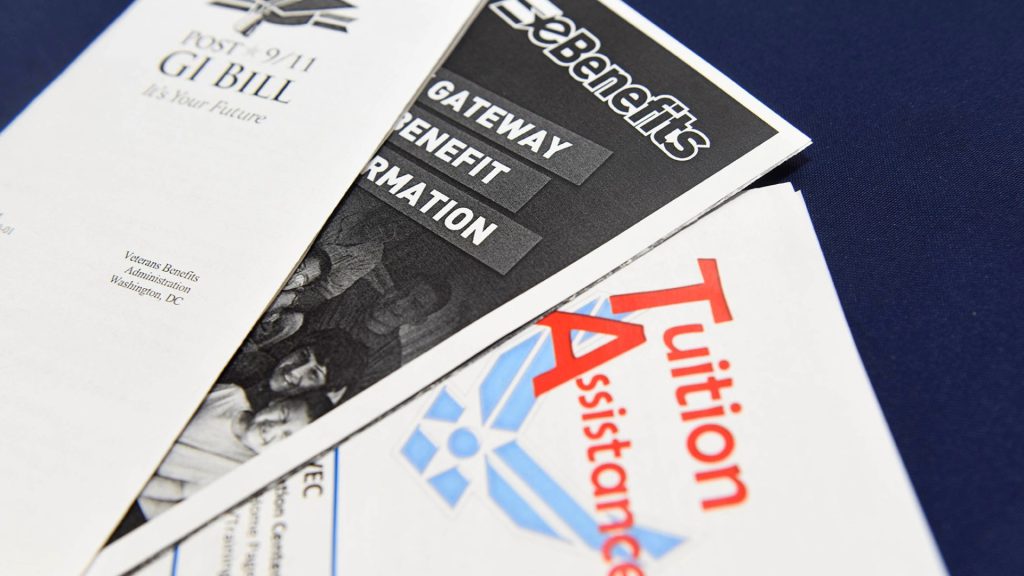
This ruling clarifies that vets can maximize benefits by choosing which plan to use for which period of service.
What This Means for Other Vets
This ruling only applies to Rudisill’s specific circumstances, but it could set a precedent for other veterans who served multiple periods that qualified for different G.I. Bills.

It indicates that veterans may be able to stack the education benefits from both periods of service.
A Victory with Limits for Veterans
This is a win for veterans, who can now finance degrees and training programs that may have previously required them to pay substantial out-of-pocket costs. However, the high court’s decision does come with some limits.

The ruling only allows them to maximize the total benefits from their combined periods of service, up to 48 months.
The Department of Veteran Services to Revise Policies and Procedures
The Department of Veterans Affairs may also need to revise its policies and procedures to allow veterans to switch between GI Bill programs and carry over unused benefits from one to the other.
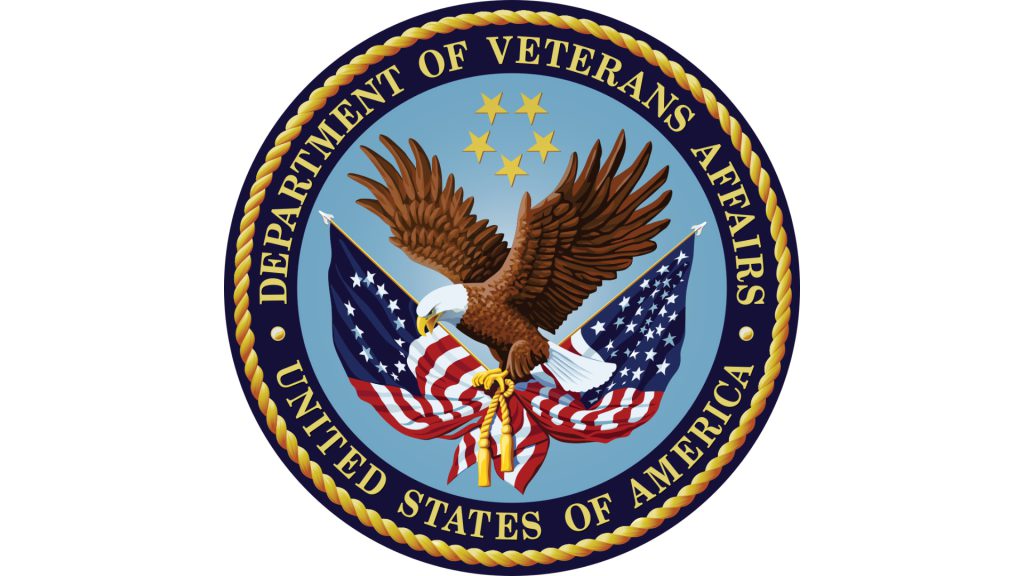
The VA opposed Rudisill in this case, arguing that allowing such flexibility and maximization of benefits was contrary to congressional intent.
A Win Met with Dissent from Judge Thomas
And so, the Supreme Court has ruled, upholding Rudisill’s case in a 7-2 decision that affirms veterans’ educational benefits.

This ruling signals a victory for veterans, validating years of service and sacrifice. Though technical details remain disputed, the court has spoken clearly – veterans’ benefits matter.

